Pałac Wierzbiczany
Unknown author
POL
near Toruń
Unknown author
Fetching images...
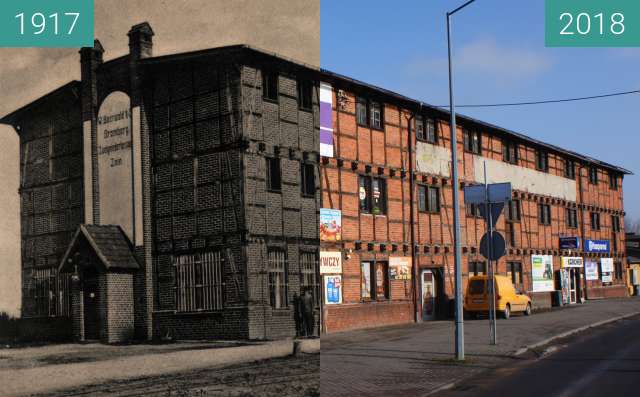
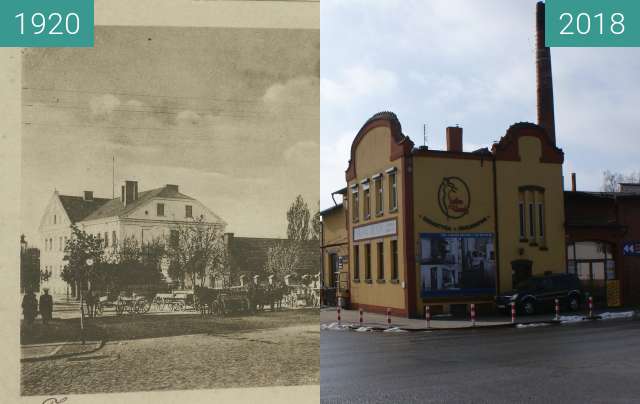
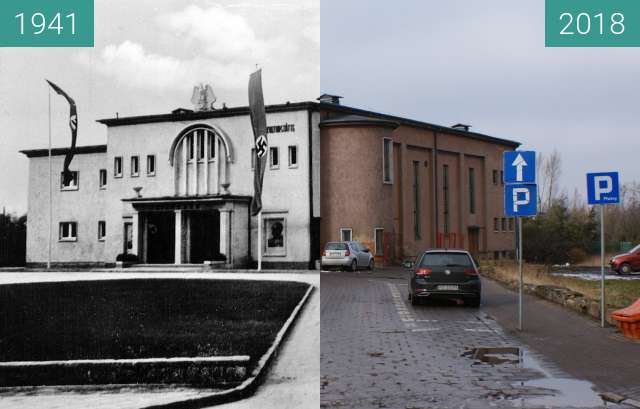
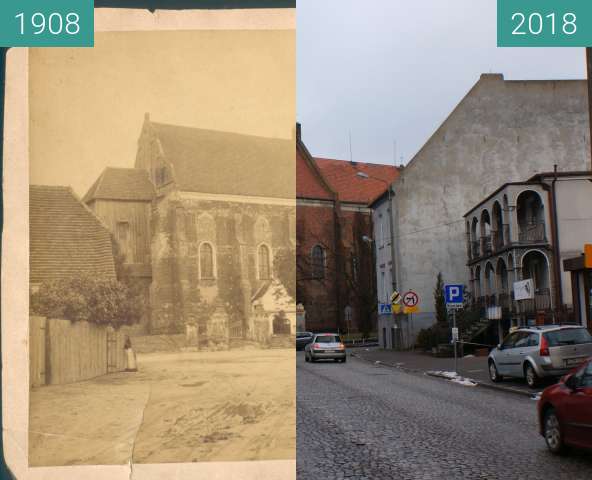
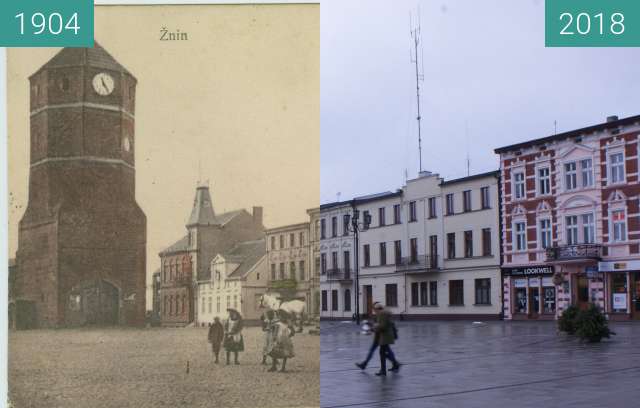
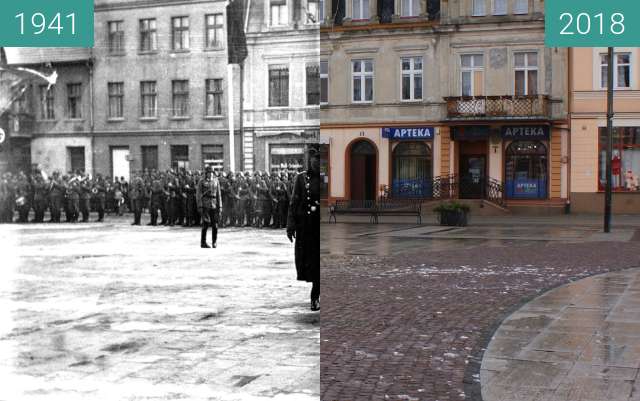
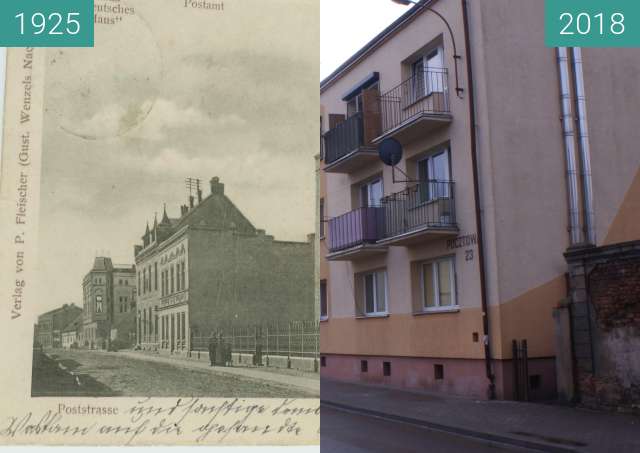
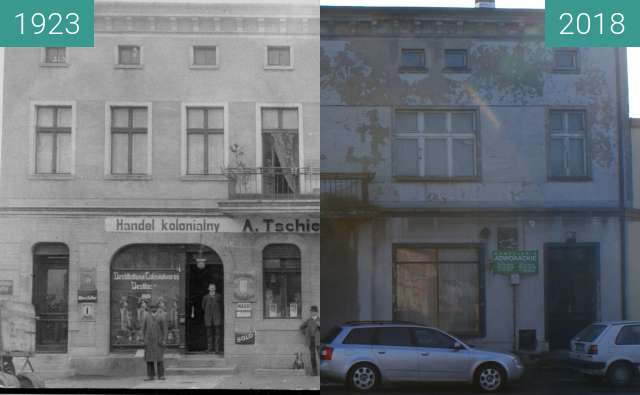
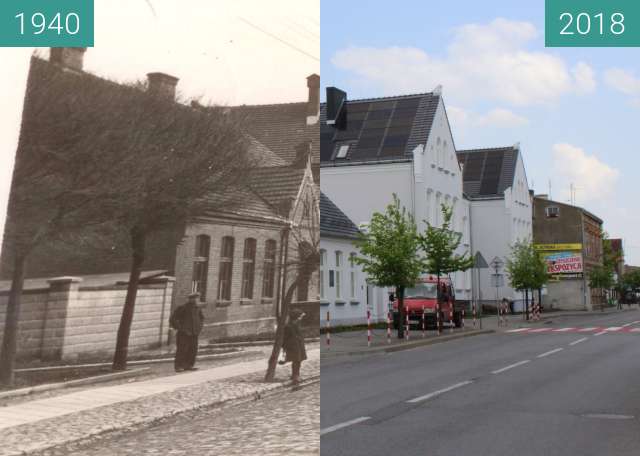
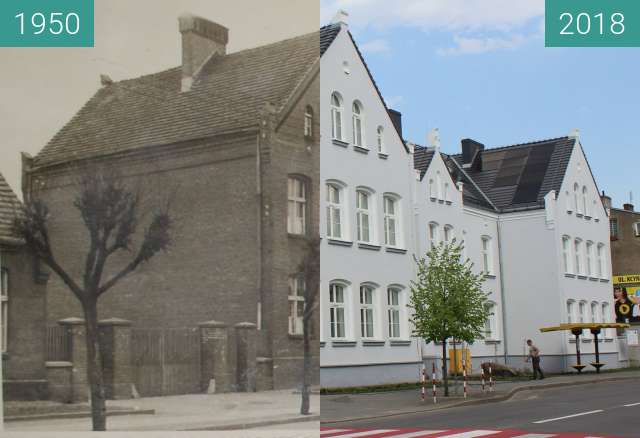
Il palazzo neorinascimentale, circondato da un bellissimo parco all'inglese, fu eretto negli anni 1845-1846 su progetto di Friedrich August Stüler su iniziativa dei fratelli Ryszard e Hermann von Roy, che acquistarono la proprietà nel 1840. La residenza insieme alle zone circostanti aveva il titolo di Beni cavallereschi, che aveva un significato molto nobilitante non solo simbolico, ma anche legale. Per molti secoli solo la nobiltà aveva il diritto di acquistare beni cavalieri.
Nel 1847 i fratelli divisero tutto il maniero in due tenute, poi nel 1861. Ryszard von Roy acquistò la parte appartenente a suo fratello e l'intera proprietà era di nuovo nelle mani di un proprietario. Il proprietario successivo era la famiglia von Schlichting, nota dall'XI secolo, strettamente imparentata con quasi tutte le famiglie reali d'Europa.
Negli anni successivi, il palazzo fu nelle mani delle famiglie von Schlichting e von Harnier. Nel gennaio 1945, per paura dell'Armata Rossa, Albrecht von Harnier, 6 anni, lasciò la sua tenuta con la bisnonna Helena von Schlichting (nata von Roy). La madre di Albrecht - Anna von Harnier, morì di parto e fu sepolta in una cappella all'estremità meridionale del parco.
Nel 1945 qui fu fondata una fattoria agricola statale con i suoi uffici e appartamenti per il personale e in seguito furono lanciati una scuola (Università popolare) e un asilo nido. Dopo il 1989 il Palazzo subì famigerate devastazioni, vennero sradicati i pavimenti originali, vennero tagliate le porte e le finestre con le asce, furono rimossi gli architravi, furono tagliati i vicoli d'acero; furono distrutti anche il parco romantico e la grangia adiacente al Palazzo. Nel 1993 la tenuta è stata iscritta nel Registro dei beni culturali dei monumenti. Gli attuali proprietari hanno acquistato il Palazzo nel 2005 e nel 2006 hanno iniziato i lavori di ristrutturazione, che, a causa degli ingenti danni, sono durati 12 anni e si sono conclusi nel 2018.
Il palazzo neorinascimentale, circondato da un bellissimo parco all'inglese, fu eretto negli anni 1845-1846 su progetto di Friedrich August Stüler su iniziativa dei fratelli Ryszard e Hermann von Roy, che acquistarono la proprietà nel 1840. La residenza insieme alle zone circostanti aveva il titolo di Beni cavallereschi, che aveva un significato molto nobilitante non solo simbolico, ma anche legale. Per molti secoli solo la nobiltà aveva il diritto di acquistare beni cavalieri.
Nel 1847 i fratelli divisero tutto il maniero in due tenute, poi nel 1861. Ryszard von Roy acquistò la parte appartenente a suo fratello e l'intera proprietà era di nuovo nelle mani di un proprietario. Il proprietario successivo era la famiglia von Schlichting, nota dall'XI secolo, strettamente imparentata con quasi tutte le famiglie reali d'Europa.
Negli anni successivi, il palazzo fu nelle mani delle famiglie von Schlichting e von Harnier. Nel gennaio 1945, per paura dell'Armata Rossa, Albrecht von Harnier, 6 anni, lasciò la sua tenuta con la bisnonna Helena von Schlichting (nata von Roy). La madre di Albrecht - Anna von Harnier, morì di parto e fu sepolta in una cappella all'estremità meridionale del parco.
Nel 1945 qui fu fondata una fattoria agricola statale con i suoi uffici e appartamenti per il personale e in seguito furono lanciati una scuola (Università popolare) e un asilo nido. Dopo il 1989 il Palazzo subì famigerate devastazioni, vennero sradicati i pavimenti originali, vennero tagliate le porte e le finestre con le asce, furono rimossi gli architravi, furono tagliati i vicoli d'acero; furono distrutti anche il parco romantico e la grangia adiacente al Palazzo. Nel 1993 la tenuta è stata iscritta nel Registro dei beni culturali dei monumenti. Gli attuali proprietari hanno acquistato il Palazzo nel 2005 e nel 2006 hanno iniziato i lavori di ristrutturazione, che, a causa degli ingenti danni, sono durati 12 anni e si sono conclusi nel 2018.
Official site
The neo-Renaissance palace, surrounded by a beautiful English park, was built in the years 1845-1846 to a design by Friedrich August Stüler on the initiative of the brothers Ryszard and Hermann von Roy, who bought the property in 1840. The residence together with the surrounding areas had the title of chivalrous assets, which had a very ennobling not only symbolic, but also legal meaning. For many centuries, only the nobility had the right to acquire knightly property.
In 1847 the brothers divided the whole manor into two estates, then in 1861. Ryszard von Roy bought the part belonging to his brother and the whole property was again in the hands of one owner. The next owner was the von Schlichting family, known since the 11th century, closely related to almost all royal families in Europe.
In the following years, the palace was in the hands of the von Schlichting and von Harnier families. In January 1945, out of fear of the Red Army, 6-year-old Albrecht von Harnier left his estate with his great-grandmother Helena von Schlichting (née von Roy). Albrecht's mother - Anna von Harnier, died in childbirth and was buried in a chapel at the southern end of the park.
In 1945, a state agricultural farm was established here with its offices and staff apartments, and later a school (People's University) and kindergarten were launched. After 1989 the Palace suffered notorious devastations, the original floors were uprooted, the doors and windows were cut with axes, the lintels were removed, the maple alleys were cut; the romantic park and the grange adjacent to the Palace were also destroyed. In 1993 the estate was registered in the Register of Cultural Heritage of Monuments. The current owners bought the Palazzo in 2005 and in 2006 they started the renovation works, which, due to the extensive damage, lasted 12 years and ended in 2018.
The neo-Renaissance palace, surrounded by a beautiful English park, was built in the years 1845-1846 to a design by Friedrich August Stüler on the initiative of the brothers Ryszard and Hermann von Roy, who bought the property in 1840. The residence together with the surrounding areas had the title of chivalrous assets, which had a very ennobling not only symbolic, but also legal meaning. For many centuries, only the nobility had the right to acquire knightly property.
In 1847 the brothers divided the whole manor into two estates, then in 1861. Ryszard von Roy bought the part belonging to his brother and the whole property was again in the hands of one owner. The next owner was the von Schlichting family, known since the 11th century, closely related to almost all royal families in Europe.
In the following years, the palace was in the hands of the von Schlichting and von Harnier families. In January 1945, out of fear of the Red Army, 6-year-old Albrecht von Harnier left his estate with his great-grandmother Helena von Schlichting (née von Roy). Albrecht's mother - Anna von Harnier, died in childbirth and was buried in a chapel at the southern end of the park.
In 1945, a state agricultural farm was established here with its offices and staff apartments, and later a school (People's University) and kindergarten were launched. After 1989 the Palace suffered notorious devastations, the original floors were uprooted, the doors and windows were cut with axes, the lintels were removed, the maple alleys were cut; the romantic park and the grange adjacent to the Palace were also destroyed. In 1993 the estate was registered in the Register of Cultural Heritage of Monuments. The current owners bought the Palazzo in 2005 and in 2006 they started the renovation works, which, due to the extensive damage, lasted 12 years and ended in 2018.
Official site